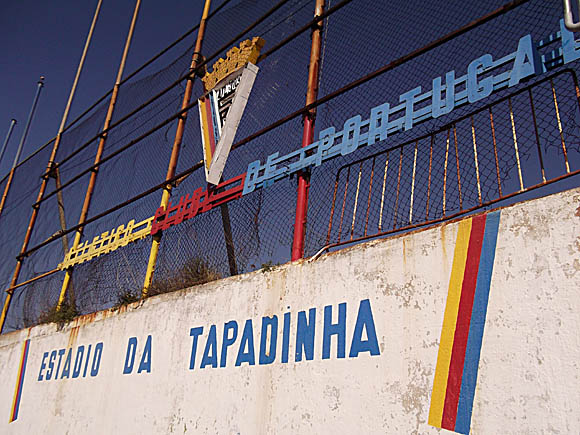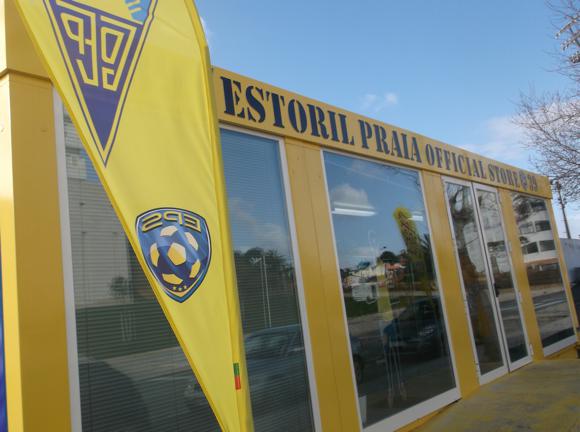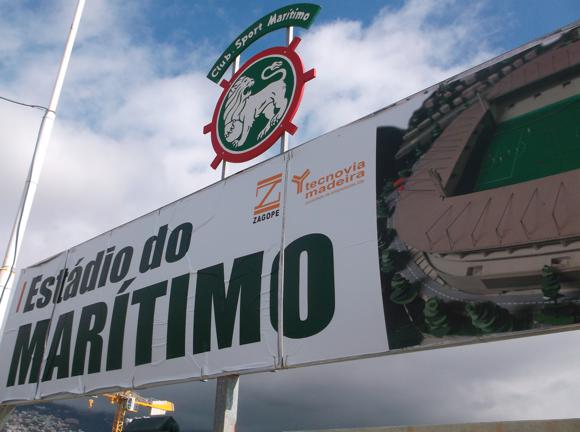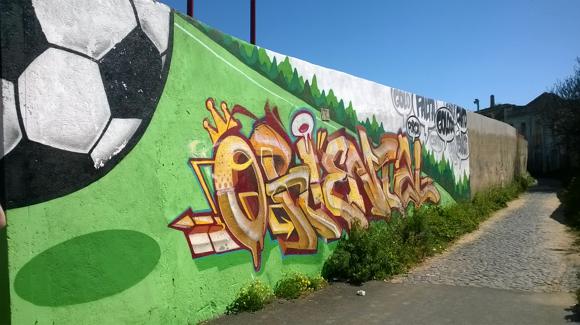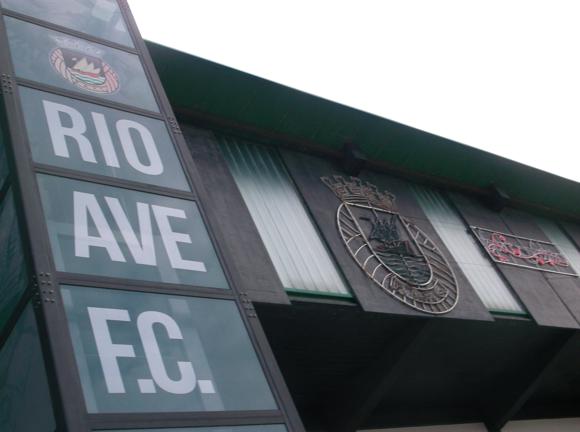A fan’s guide – the club from early doors to today
Fifth in the all-time Portuguese league table, Vitória Guimarães first won major silverware in 2013, exactly a century after local students first formed a team here.
Officially named the Vitória Sport Clube (VSC) five years later, it was affiliated with the Braga Football Association the year of its inauguration, 1922. This is now given as the club’s foundation date.
Vitória reached five Portuguese Cup finals before that seminal win over Benfica in 2013. In a domestic game dominated by the Big Three, VSC have never finished higher than third in 71 top-flight seasons – a record most outside Lisbon and Porto would envy.

Great local rivals Sporting Braga are close behind, the two teams old foes from the pre-war the Braga district league days. For logistical reasons, clubs from the Braga and Faro areas were only allowed into the national league from 1941-42 onwards, seven seasons after its introduction.
That same campaign, VSC reached their first cup final, a 2-0 defeat to Belenenses, who later signed Vitória’s star forward Alcino.
Though never able to break through the Big Three monopoly – fourth place became the optimum – the Guimarães side could at least take satisfaction from winning the Dérbi do Minho against Braga. In 1965-66, Brazilian Djalma Freitas scored six against the local rivals in one game, then five in the away fixture, as VSC notched up 6-2 and 5-3 scorelines.
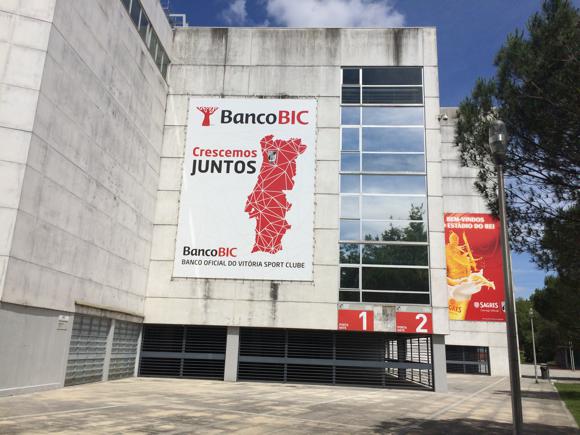
Under former Benfica international Fernando Caiado, VSC finished third in the league and took on British opposition in the Fairs’ Cup, losing to Hibs and Southampton in the early 1970s. António Mendes, a team-mate of Caiado in the late 1950s, scored twice against Terry Paine’s side at the Estádio D Afonso Henriques, Vitória’s municipal home since 1965.
Always in contention, Guimarães were never short on prolific strikers. In the 1970s, it was Tito, with more than 80 goals in 200-plus league games. In 1986-87, it was Paulinho Cascavel. Referred to Paulo Bacinello in official records but locally after his home town in Brazil, Cascavel came to Guimarães a complete unknown to hit 47 goals in 60 league appearances. Top scorer in the Portuguese league that season, pushing Vitória to third place, Cascavel helped his club overcome Atlético Madrid in the UEFA Cup before succumbing to Mönchengladbach in the quarter-finals.
The Brazilian was also top league scorer in 1987-88 – for Sporting Lisbon.
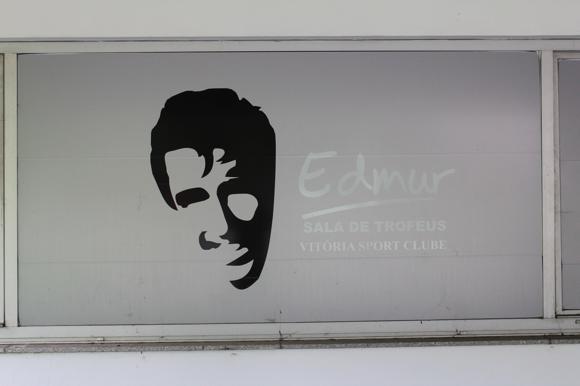
High league finishes kept Vitória in Europe through the 1990s, losing to Ajax, Barcelona, Anderlecht, Lazio and Celtic in consecutive early rounds. All changed in 2005. With the Estádio D Afonso Henriques remodelled to host Euro 2004, the club found itself in financial disarray. The golden years under long-term owner Pimenta Machado were unravelling, the former law graduate from a well-to-do local family found out for sundry shady dealings. While creating a first-rate academy and training centre, helping make VSC a strong provincial force, outspoken Machado had long been a target in the Portuguese media.
His demise coincided with Vitória’s worst league season, 2005-06, and relegation for the first time since the 1950s. Ironically, the campaign went hand in hand with the group stage of the UEFA Cup, and a draw at home to Bolton Wanderers.
Former Braga manager Manuel Cajuda salvaged a woeful start to a first season in the Segunda to gain Guimarães immediate promotion. While Machado had rarely employed the same coach for more than one season, Cajuda was kept on and took VSC back into Europe almost immediately.
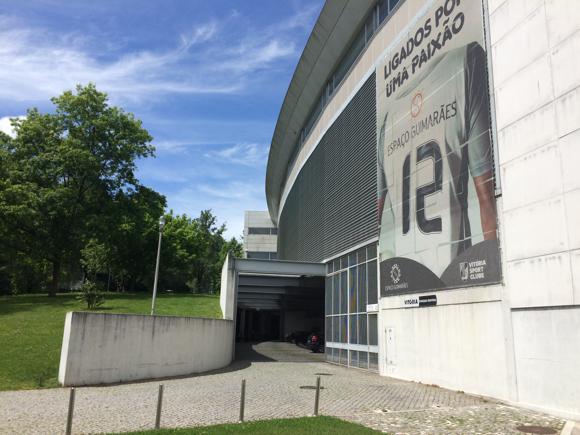
Having pipped Benfica for third place, Vitória earned a first crack at the Champions League. In a frustrating debut, a strange refereeing decision gifted Basel passage to the group stage – although the 0-0 first-leg draw in Guimarães had done Vitória few favours. Two extra-time goals from Portsmouth’s Peter Crouch in Guimarães soon ended VSC’s UEFA Cup ambitions.
Overshadowed by high-achieving Braga, Vitória slipped back, though made an appearance in the incident-packed Portuguese Cup final of 2011. Twice equalising against Porto, VSC conceded a direct corner from Hulk to trail 4-2. Two minutes later, Vitória’s Brazilian striker Edgar had his penalty saved by Beto.
The 6-2 defeat was all forgotten when VSC overcame Braga 2-1 in a bitter cup quarter-final set up a showdown with Benfica. At the Estádio Nacional, Ricardo, still only 19, scored the late winner for Vitória to beat the favourites 2-1. This first major trophy was particularly satisfying as man-of-the-match Ricardo was a product of the Guimarães academy.
While Porto had already signed him up, it took Benfica another two years to nab VSC’s winning manager, the high-achieving Rui Vitória.
Os Vimaranenses struggled to find a matching replacement – though goals from Brazilian striker Davidson helped bring more European football for 2019-20.




Stadium Guide
The field of dreams – and the stands around it



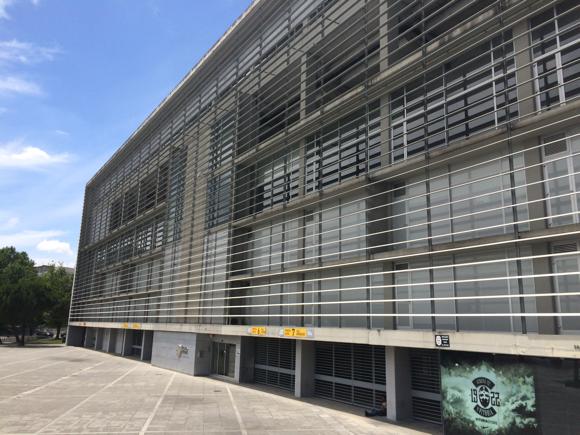
Revamped from a municipal ground to the first of Portugal’s Euro 2004 stadia to be unveiled, the Estádio D Afonso Henriques is known as the Estádio do Rei, ‘The King’s Stadium’, Dom Afonso Henriques being Portugal’s first monarch. Holding 30,000 all-seated, its capacity is rarely tested these days, as the average gate is barely half that figure.
Originally opened in 1965 with a friendly against Kaiserslautern, the stadium has hosted four Portuguese internationals, most recently in 2013, and staged two games, both featuring Italy, at Euro 2004. It was here that Antonio Cassano scored his late goal against Bulgaria – only for the news to come through that Mattias Jonson’s equaliser for Sweden had sent the Azzurri out.

Vitória fans, the White Angels, occupy the Sul Superior behind the south goal. There’s also loud home support in the Bancada Nascente, opposite the Bancada Poente, the former Bancada Central, with its VIP sections.
Visiting supporters occupy varying sectors of the Topo Norte Inferior, the lower tier of the North Stand, according to demand. If it’s an important league game in their title race, Benfica’s may require more of the ground, such as when Vitória management was forced to allocate the Sul Superior as well, causing no end of arguments in fan chat forums.
getting there
Going to the stadium – tips and timings
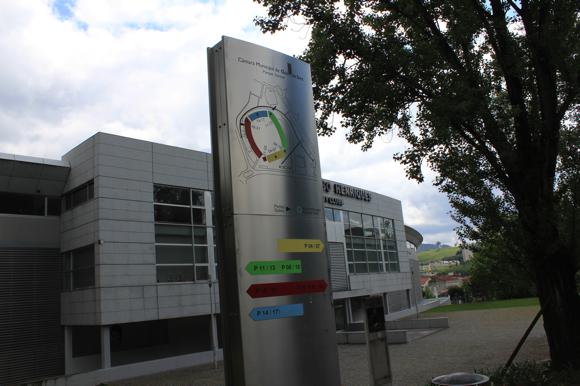
The stadium is on the route for the half-hourly Linha Cidade bus line – but only on the way back to the bus and train stations. Walking there from the town centre isn’t far, it’s just behind the Largoe do Toural, a steepish stroll of 10min.
From the train station, as the Linha Cidade is so roundabout, you’re best getting a taxi (€5) or walking the extra 10mins into town, then on again.
getting in
Buying tickets – when, where, how and how much
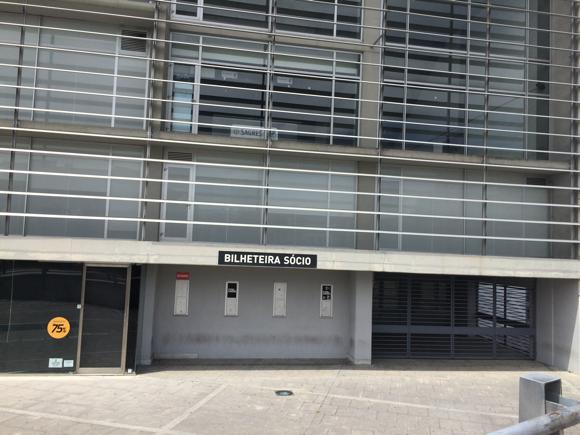
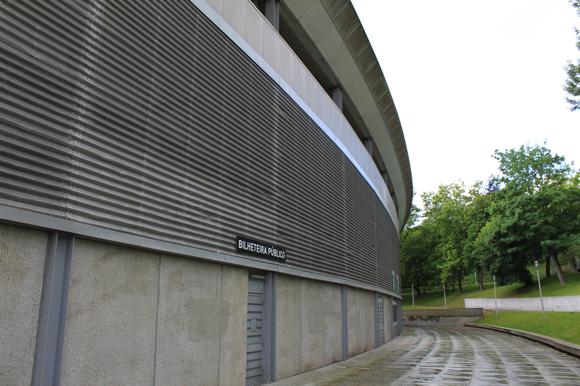
Unless it’s for the Braga or Benfica game, tickets are available on the day, the ticket windows opening from 10am.
In advance, they’re sold at Vitória’s two club shops, one at the stadium (Mon-Sat 9.30am-12.30pm, 2.30-6pm), the other on the ground floor of the Espaço Guimarãesmall (daily 10am-11pm), about 5km north-west of town.
There are no online sales.
Prices start at €10 behind the north goal in the Topo Norte, rising to €15-€20 for a better seat, and €40 on the sidelines in the Bancada Poente.
what to buy
Shirts, kits, merchandise and gifts
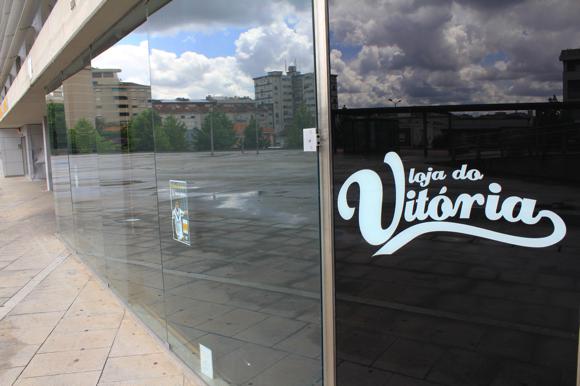
Guimarães have two outlets. As well as the Loja do Vitória (Mon-Sat 9.30am-12.30pm, 2.30-6pm, match days) by gates 6 and 7 at the stadium, there’s another on the ground floor of the Espaço Guimarães mall (daily 10am-11pm) north-west of town.
Among the black-and-white merchandise, you’ll find scarves bearing the club’s foundation date of 1922, dressing gowns, frisbees, beach towels and retro tops from the 1950s.
Where to Drink
Pre-match beers for fans and casual visitors


For a stadium that’s been in place for 50 years, quite close to town, there aren’t too many choices in the immediate vicinity for a pre-match beer.
On Avenida São Gonçalo, at the main junction close to the ground as you walk up from town, Dan’s Finger Food & Drinks is a modern-day snack bar, a couple of notches up from the kind of traditional place you’d find around Largo do Toural less than 10min away.
A few buildings down, the Restaurante Condado is a decent Portuguese eaterie, with a TV on one wall.
None of these venues have any football affiliations except for their proximity to the Estádio D Afonso Henriques.
Set back from Avenida São Gonçalo, just off Avenidea de Londres, the Taberna Londrina, a contemporary, open-plan tavern, attracts a younger crowd and has football on TV.


